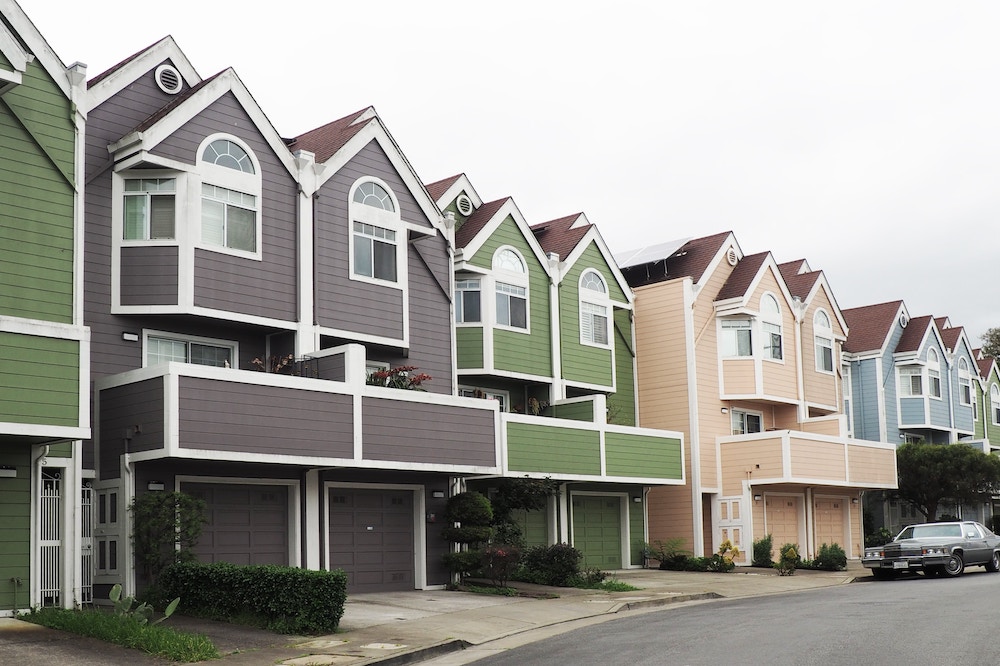American Rescue Plan Funds Confirmed for Vacant Property Revitalization

Treasury Final Rule a big win for local governments working to reactivate vacant and abandoned properties
The US Department of Treasury issued a Final Rule on January 6, 2022, detailing the eligible uses of funding provided to local entities through the Coronavirus State and Local Fiscal Recovery Funds (SLFRF) program. The SLFRF is part of the American Rescue Plan, and makes $350 billion available to state, local, and Tribal governments across the country to support their response to and recovery from the COVID-19 public health emergency.
Local governments, land banks, nonprofits and others have been anxiously waiting to find out if these funds can be put toward vacant and abandoned property strategies.
The answer is YES!
We are happy and thankful to see that the Final Rule validates and confirms our previously shared interpretation of the Interim Final Rule from May 2021. The Final Rule for the SLFRF Program will take effect on April 1, 2022.
How SLFRF Funds Can Be Used for Community Revitalization
The Treasury’s Final Rule outlines multiple ways that the SLFRF funds can be used as part of a distressed property strategy to help revitalize communities impacted by the Coronavirus.
To start, the Final Rule specifically addresses ways these funds can be used to improve neighborhoods and address problems from vacant and abandoned properties. The rule states:
“neighborhood features that promote improved health and safety outcomes respond to the preexisting disparities that contributed to COVID-19’s disproportionate impacts on low-income communities. The final rule includes enumerated eligible uses in disproportionately impacted communities for developing neighborhood features that promote improved health and safety outcomes, such as parks, green spaces, recreational facilities…projects that increase access to healthy foods, neighborhood cleanup, and other projects to revitalize public spaces.”
In regards to vacant and abandoned properties, the Final Rule acknowledges that increased numbers of vacant properties in a neighborhood can increase its negative economic and public health impacts. This section reads:
“Treasury agrees with commenters that high rates of vacant or abandoned properties in a neighborhood may exacerbate public health disparities, for example through environmental contaminants that contribute to poor health outcomes or by contributing to higher rates of crime. As such, certain services for vacant or abandoned properties are eligible to address the public health and negative economic impacts of the pandemic on disproportionately impacted households or communities.“
The eligible services in the Final Rule include:
- Rehabilitation, renovation, maintenance, or costs to secure vacant or abandoned properties to reduce their negative impact
- Costs associated with acquiring and securing legal title of vacant or abandoned properties and other costs to position the property for current or future productive use
- Removal and remediation of environmental contaminants or hazards from vacant or abandoned properties, when conducted in compliance with applicable environmental laws or regulations
- Demolition or deconstruction of vacant or abandoned buildings (including residential, commercial, or industrial buildings) paired with greening or other lot improvement as part of a strategy for neighborhood revitalization
- Greening or cleanup of vacant lots, as well as other efforts to make vacant lots safer for the surrounding community
- Conversion of vacant or abandoned properties to affordable housing
Inspection fees and other administrative costs incurred to ensure compliance with applicable environmental laws and regulations for demolition, greening, or other remediation activities

A last point of note is that this Final Rule supports using SLFRF funds to improve the technology infrastructure used to deliver the eligible services mentioned above. That means that local governments can use this opportunity to modernize the technology and software they use in their vacant property strategies in order to improve their services and make property information more accessible to impacted communities. We’re happy to see that the Treasury agrees that a modern technology infrastructure and data system is a vital piece of the property revitalization strategy “puzzle”. So, that means a purchase of ePropertyPlus should also be covered by these funds.
Overall, this rule is a great victory for community leaders working to reactivate distressed property!
Make the most impact with your SLFRF Funds
If you are looking for ways to make a lasting investment in your vacant and abandoned property services, updating your property data system can help your organization deliver more effective, accountable, and efficient service to your community.
What ideas will you pursue? What problems can we solve together? Get in touch and let’s talk.



